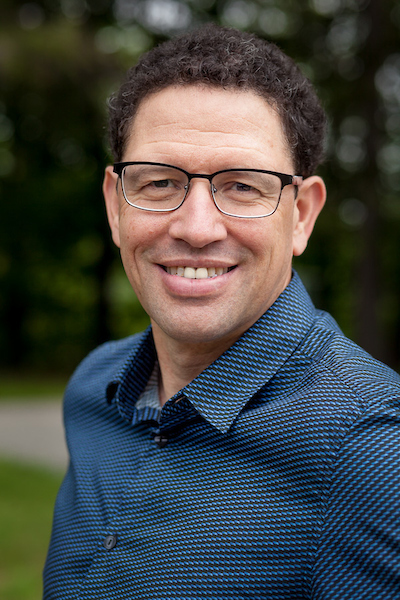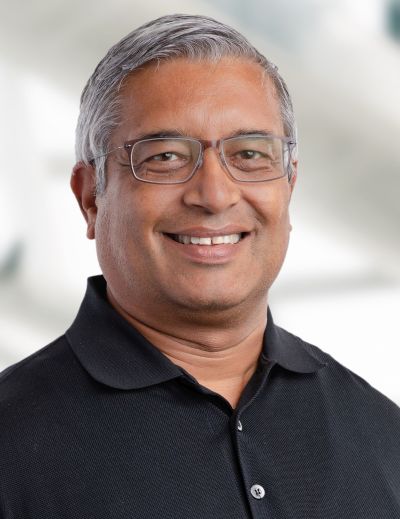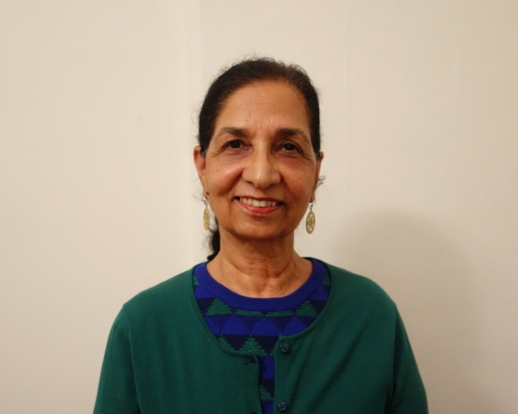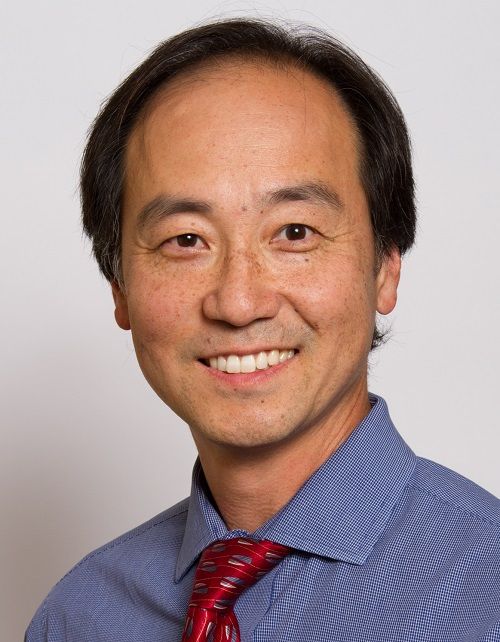Breadcrumbs
Physical Medicine & Rehabilitation Research Scientist Profiles
Dr. Mark Bayley
 Mark Bayley, MD, FRCPC
Mark Bayley, MD, FRCPC
Dr. Mark Bayley is Program Medical Director & Physiatrist-in-Chief at Toronto Rehabilitation Institute, and Medical Director for the WSIB Neurology Specialty Program of Altum Health at the University Health Network. He is Professor and Saunderson Family Chair in Brain injury Research at the University of Toronto in the Division of Physical Medicine and Rehabilitation, Faculty of Medicine. Mark’s research focuses on understanding how to speed brain recovery through exercise, virtual reality, telerehabilitation and functional electrical stimulation. Importantly, he has explored novel implementation strategies to bridge the knowledge-practice gap by making best evidence available to clinicians through smartphone apps (www.viatherapy.org) and Best Practices Guidelines in stroke, concussion and brain injury (https://braininjuryguidelines.org). His work has redesigned the stroke and brain injury rehabilitation systems in Canada.
Dr. Dinesh Kumbhare
 Dinesh Kumbhare
Dinesh Kumbhare
Dr. Dinesh Kumbhare is a Professor and Clinician Scientist in the Department of Medicine at the University of Toronto within the Division of Physical Medicine and Rehabilitation. He is a Scientist at KITE and the Schroeder Chair in Pain Assessment and Rehabilitation at Toronto Rehabilitation Institute. He is cross-appointed to the Institute of Biomedical Engineering, Faculty of Kinesiology & Physical Education and Institute of Health Policy, Management and Evaluation at the University of Toronto. He is also adjunct faculty in Kinesiology and Biomedical Engineering at McMaster University.
Dr. Kumbhare obtained his MSc in Health Research Management from McMaster University and his PhD in Biomedical Engineering at the University of Toronto. He is section editor for the Physiatry Reviews for Evidence in Practice and Resident, Fellow Section with the American Journal of Physical Medicine and Rehabilitation. He was the principal author of the book, Buschbacher’s Manual of Nerve Conduction Studies. According to the Neurodiagnostic Journal, this is “the gold standard in many EMG labs, this manual is a practical working reference for performing a wide variety of common nerve conduction studies. It provides both practicing clinicians and trainees with an impressive database of reference values they can use to interpret nerve conduction results with confidence.”
He is the Director of the SPARC Clinic (Schroeder Pain Assessment and Rehabilitation Research Center) at the Toronto Rehabilitation Institute. SPARC is an interdisciplinary treatment and research centre powered by the University Health Network’s KITE Research Institute. SPARC clinic provides comprehensive care for people suffering from chronic pain using evidence-based best practices delivered by an interdisciplinary team of physicians and clinicians at Toronto Rehabilitation Institute. SPARC is uniquely positioned to provide a platform for the investigation of pain disorders involving research in biomedical engineering, physical medicine and rehabilitation, clinical epidemiology, and kinesiology. The clinic is believed to be the first such facility in Canada to provide these opportunities for patients, clinicians and researchers. More information about the SPARC clinic can be found at www.sparc-clinic.com
For a list of Dr. Kumbhare's publications, please visit PubMed, Scopus or ORCID.
Dr. Rajni Nijhawan
 Focus on Women's Cardiac Health and Patient Education
Focus on Women's Cardiac Health and Patient Education
As a clinician teacher, Dr. Nijhawan is the principal preceptor and medical education placement coordinator for the cardiac rehabilitation rotation for undergraduate and postgraduate learners at the provincial, national and international level.
In collaboration with the interprofessional team in Cardiac Rehab, Dr. Nijhawan has been instrumental in providing leadership in the development and implementation of a multimedia and multilingual patient education program for people living with heart disease (www.cardiaccollege.ca) and diabetes (www.diabetescollege.ca).
Recently, she worked with a research team in India to illustrate the feasibility and effectiveness of cardiac rehabilitation in patients post myocardial infarction and percutaneous coronary intervention at a tertiary care hospital in Chandigarh, India.
Link to abstract:

Dr. Paul Oh
 A new study from Toronto Rehab found that combining aerobic and resistance training provides powerful benefits to patients who are recovering from a stroke.
A new study from Toronto Rehab found that combining aerobic and resistance training provides powerful benefits to patients who are recovering from a stroke.
Recommendations for combined aerobic and resistance training for stroke survivors have been in place for years, but few research studies exist demonstrating that it actually improves recovery. Moreover, there is no compelling evidence that combined training is more effective than aerobic training alone for post-stroke recovery.
“One focus area for the research team in cardiac rehab is around exercise training models in cardiovascular populations,” says the Department of Medicine’s Dr. Paul Oh. “What type and intensity, dose and frequency are associated with optimal gains in fitness and function?”
To address this important question, Dr. Susan Marzolini, a PhD scientist at Toronto Rehab, led a team that compared combined aerobic and resistance training with aerobic training alone in a group of stroke survivors with mobility deficits.
They discovered despite being prescribed 40 per cent less aerobic training, patients who received combined training had enhanced stroke recovery and showed greater improvements in cardiorespiratory fitness, strength and lean muscle mass. In fact, the combined training group gained almost five times more muscle mass than the aerobic only group.
The findings provide scientific evidence of the benefits of supplementing aerobic sessions with resistance training and support the integration of both types of training in stroke rehabilitation programs.
This work was supported by the Heart and Stroke Foundation Canadian Partnership for Stroke Recovery, and the Ontario Stroke Network.
Citation: Neurorehabil Neural Repair. 2018 Mar;32(3):209-222. doi: 10.1177/1545968318765692. Epub 2018 Mar 30.
Link to abstract: www.ncbi.nlm.nih.gov/pubmed/29600726
